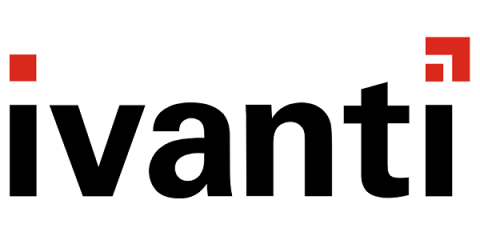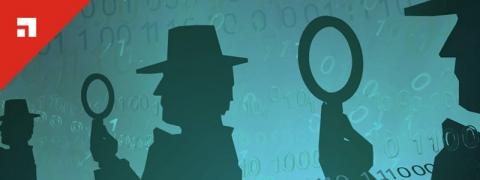5 Tips to Make Working From Home Work for You
I'm not sure what your work from home set up looks like, but mine includes an ironing board behind me. There's a set of golf clubs in the corner, and a pile of old clothes on the floor. My late grandmother's bookshelf tries desperately to bring some order to the room, but even it is filled with a hodgepodge of stuff. The problem is, I never intended to work from home. My "home office" can be best described as a storage room mixed with a little bit of the chaos.







